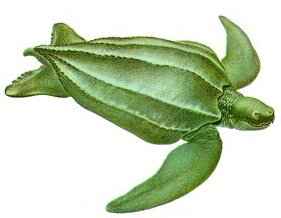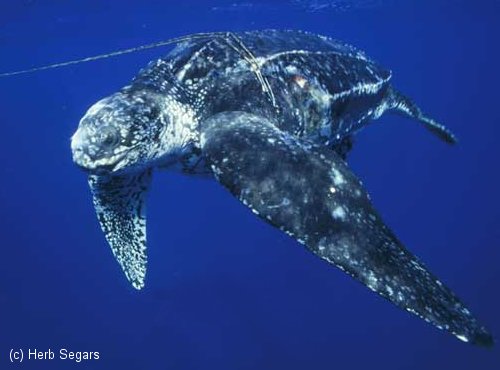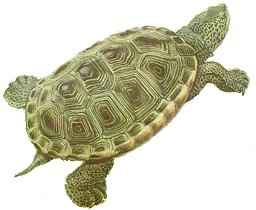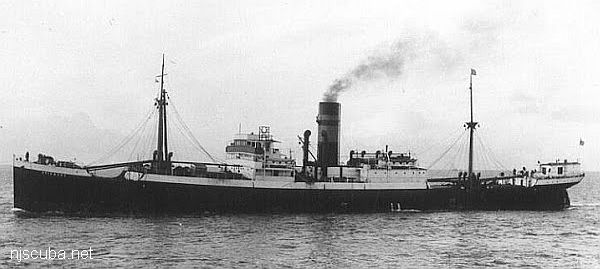Leatherback Sea Turtle

Dermochelys coriacea
Size: to 70" and 1200 lbs.
Habitat: oceanic
Notes: The largest sea turtle in the world, and also the most likely to be seen in our cold waters, since Leatherbacks are at least partially warm-blooded! As implied by the name, they have a leathery flexible covering, rather than the bony hard shell of all other sea turtles - a unique feature that has caused them to be placed in a family of their own, apart from all other sea turtles. Leatherbacks feed on jellyfish.

It looks like it has been dead for a while.



